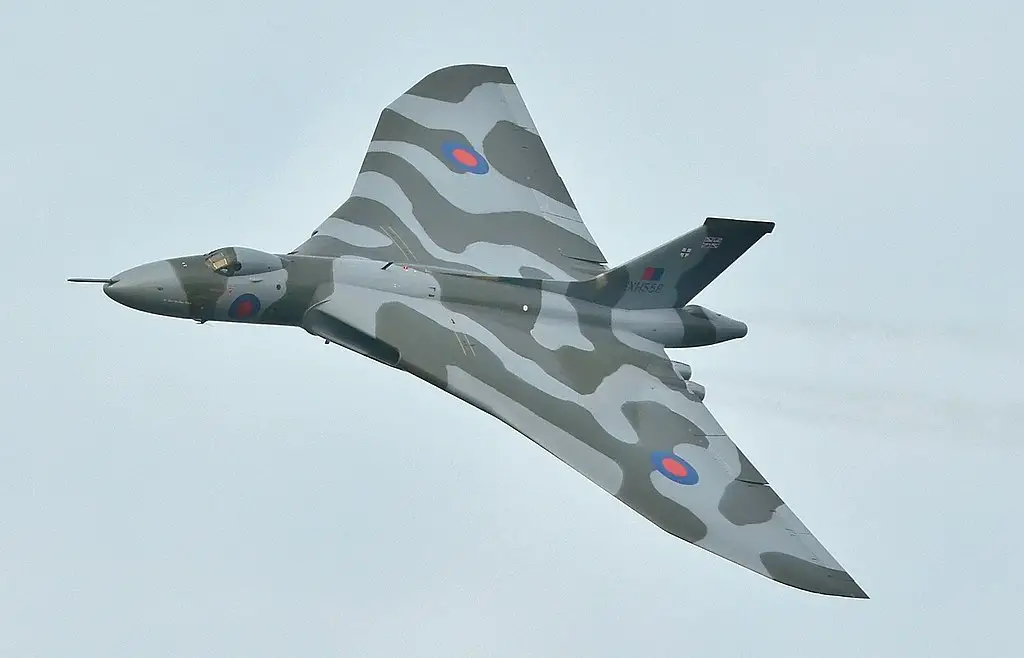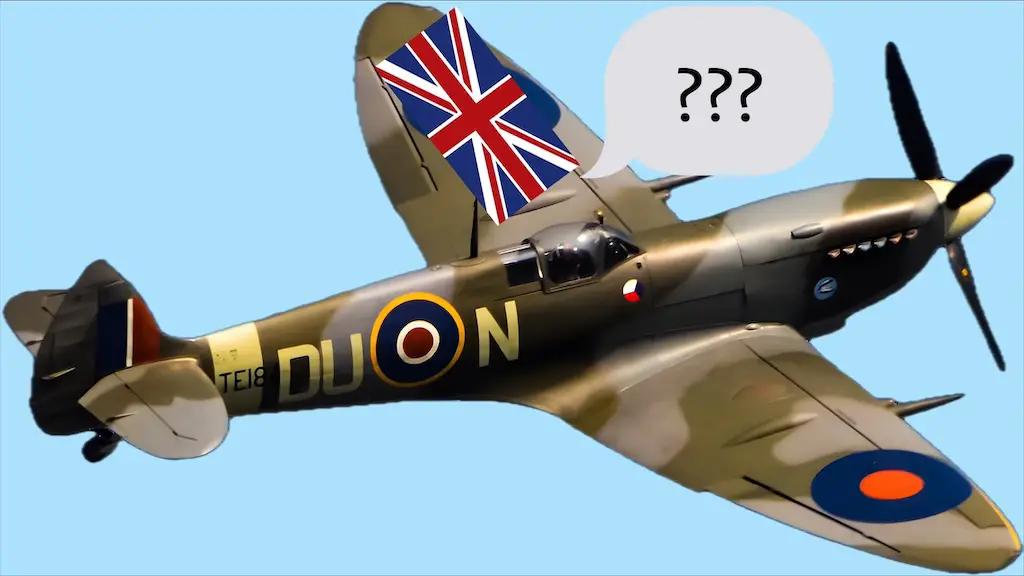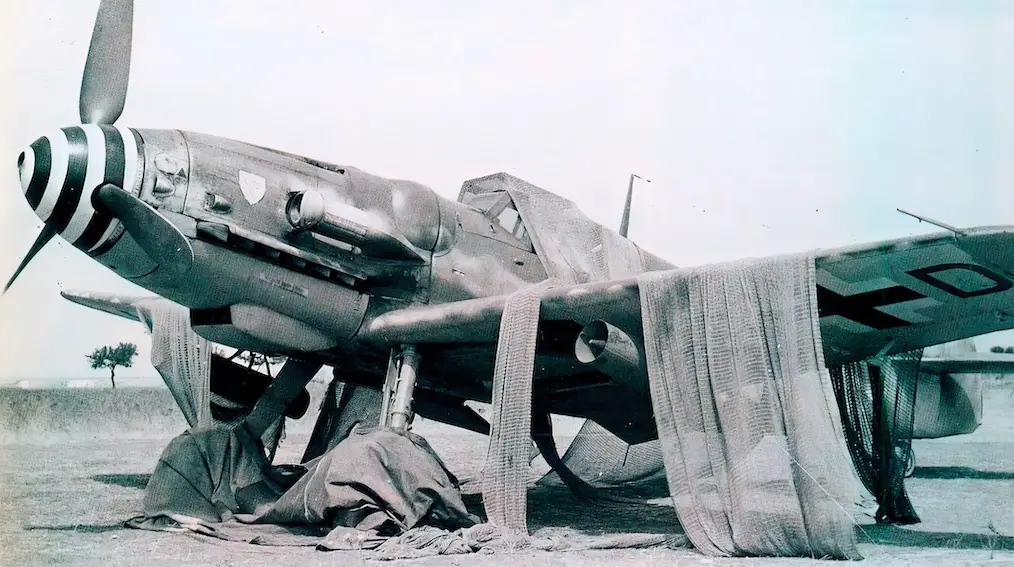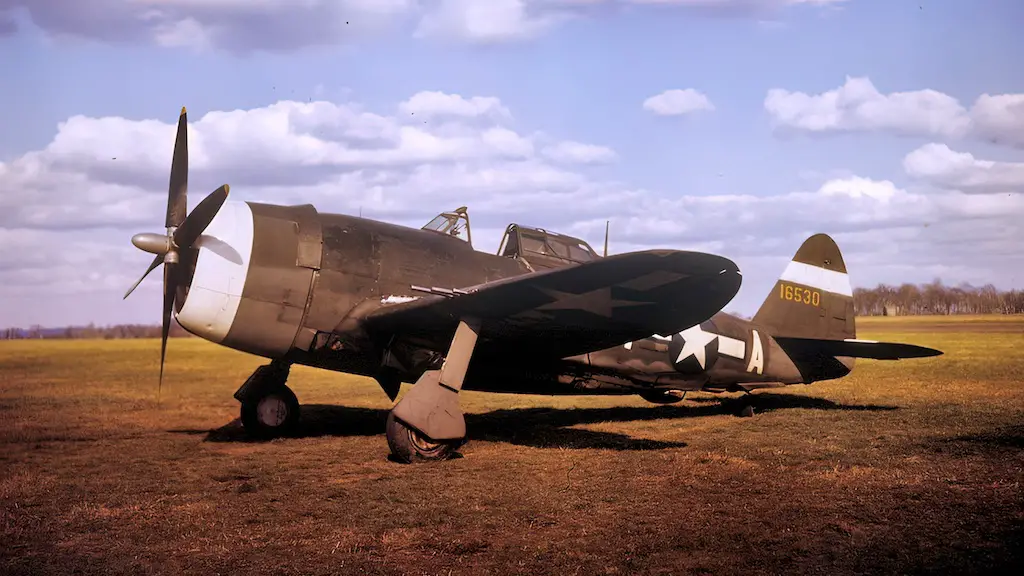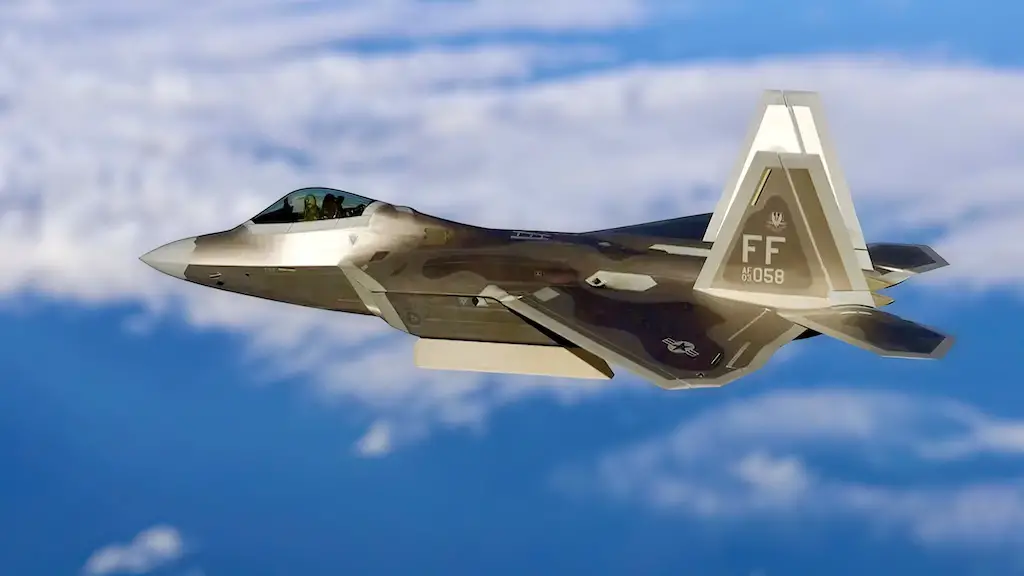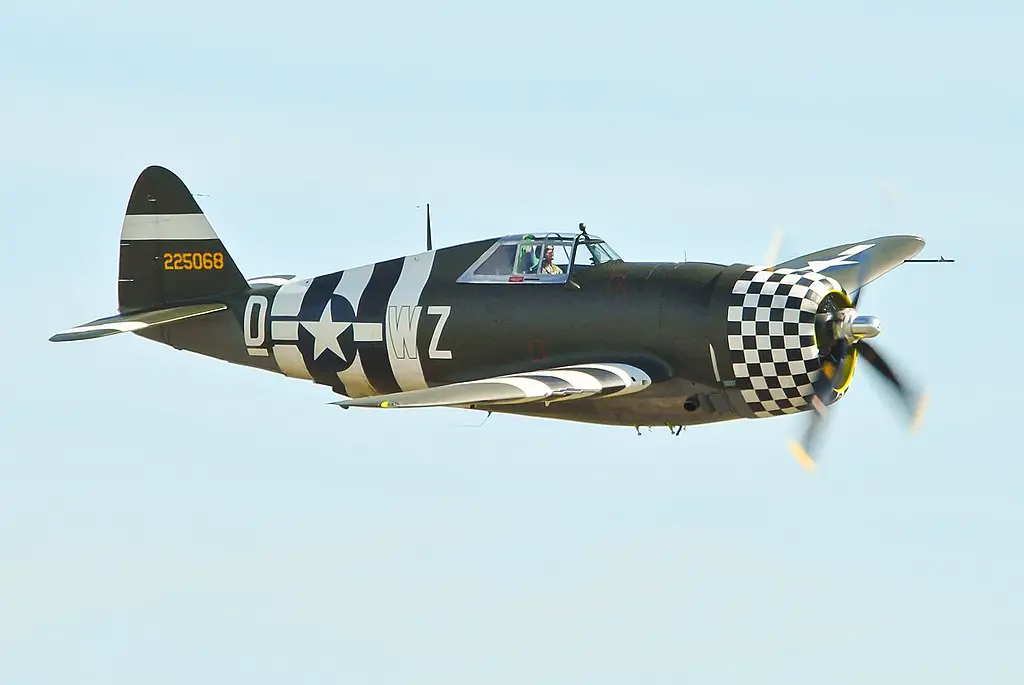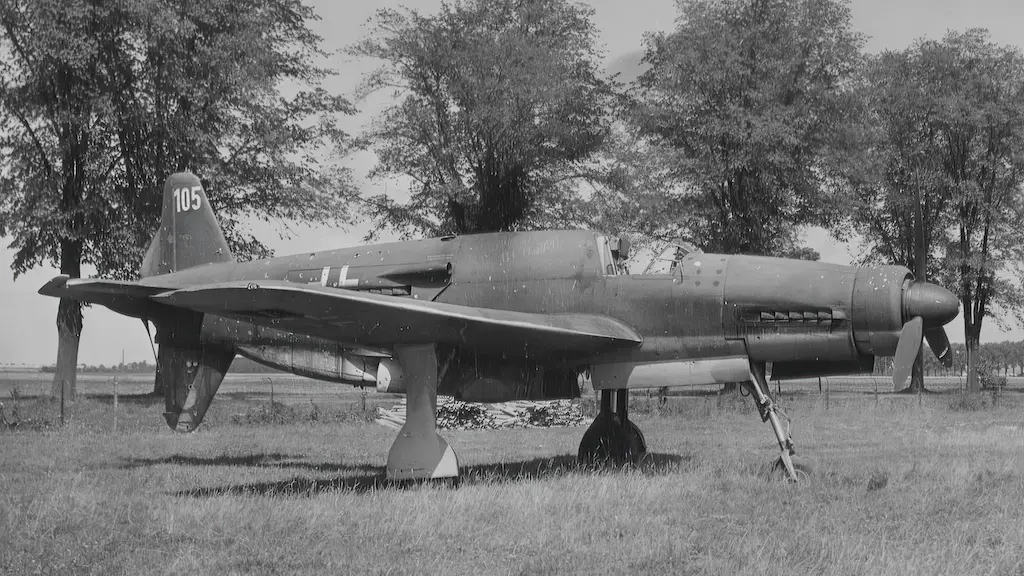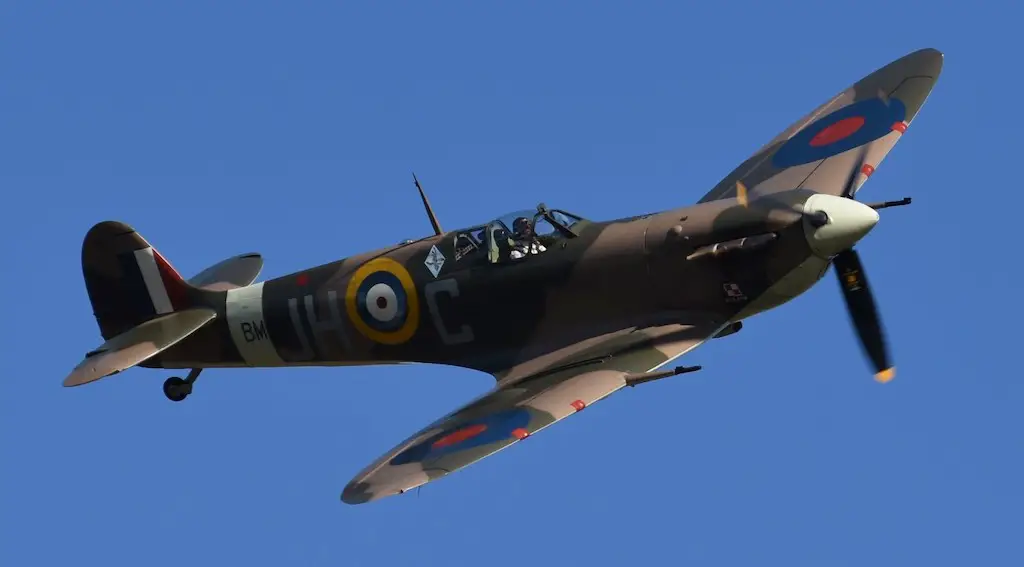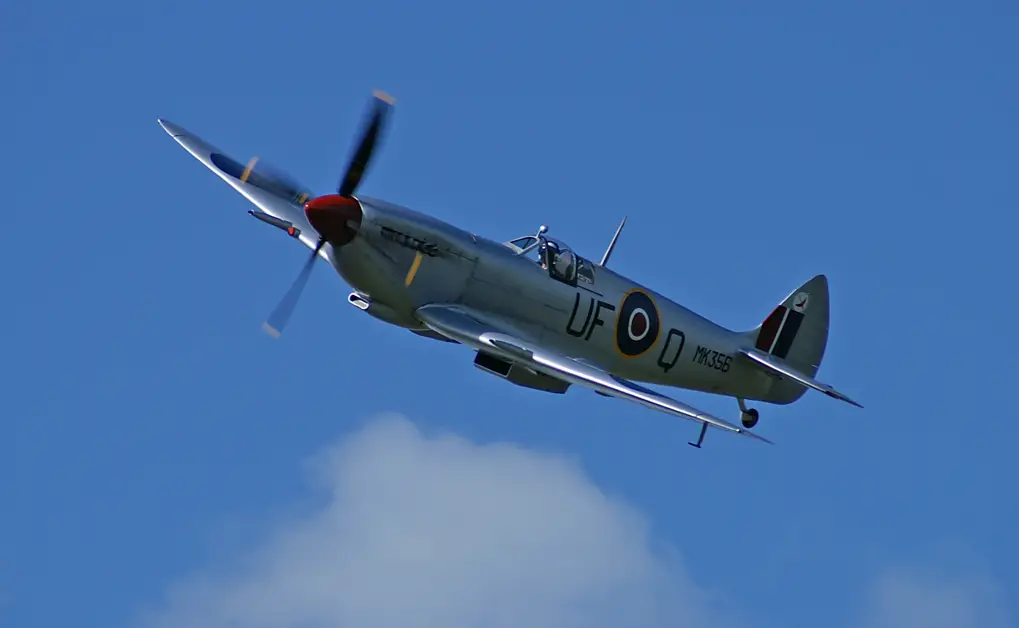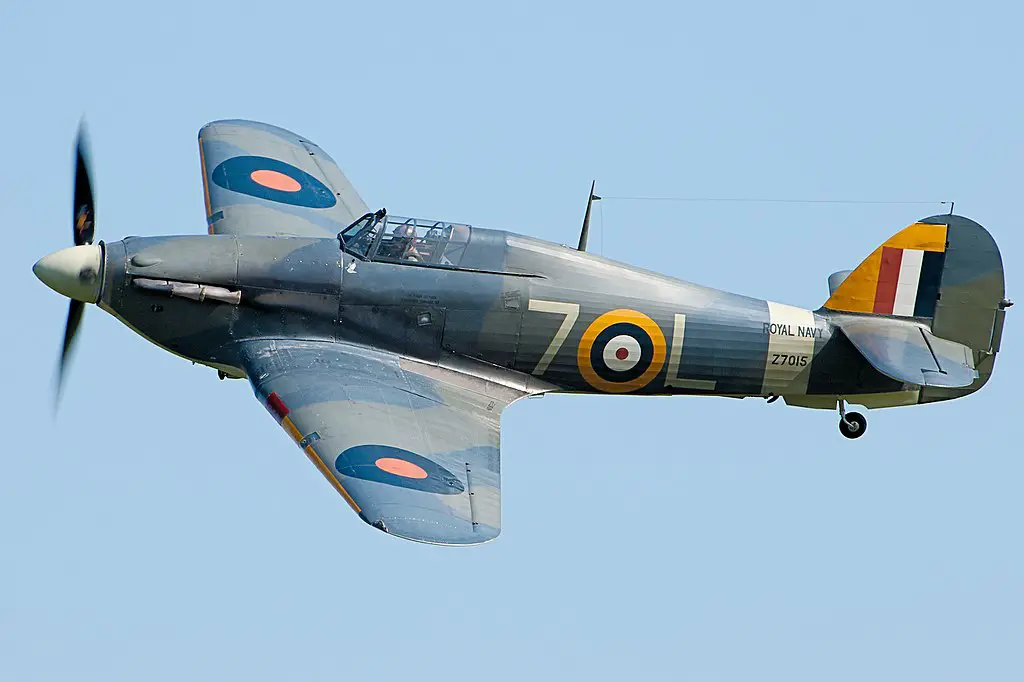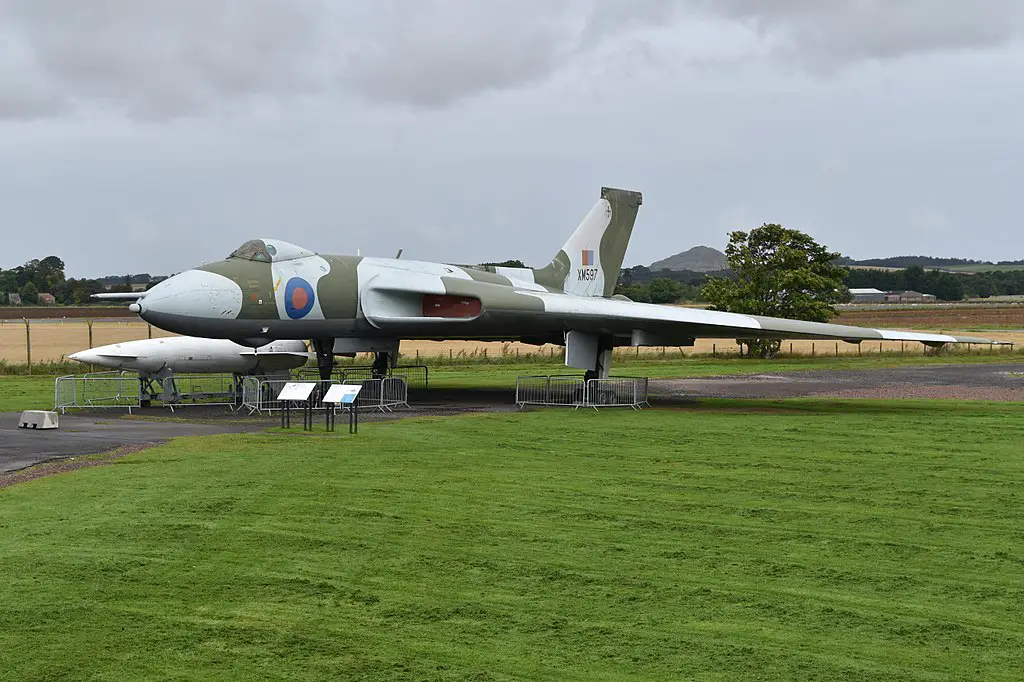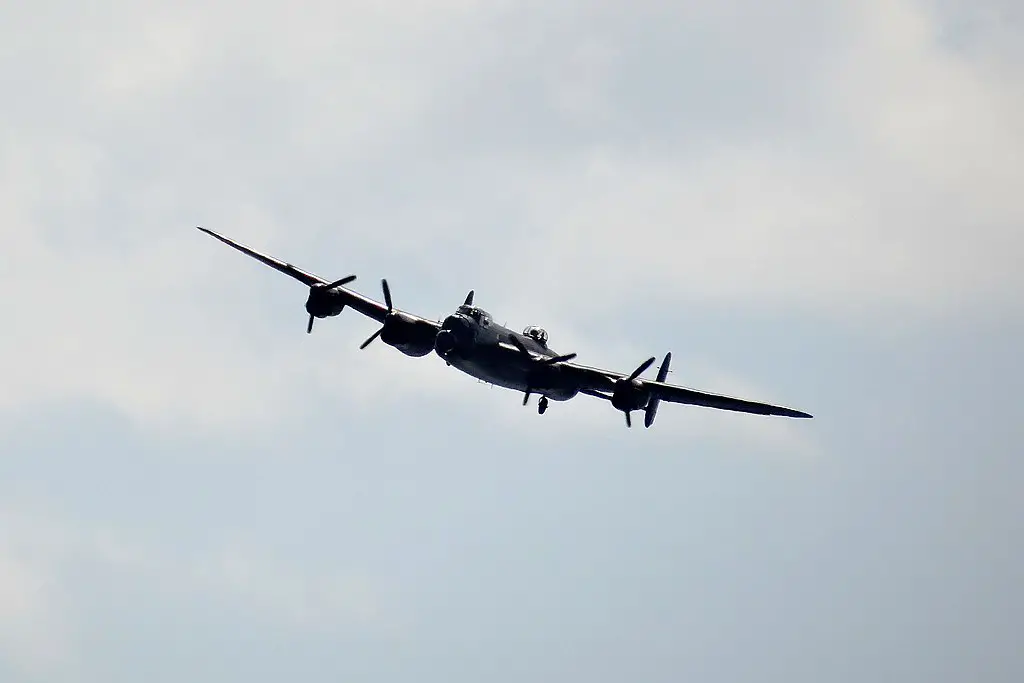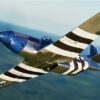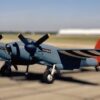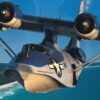A Symbol of Britishness With Unexpected Beginnings
It’s widely recognized as an emblem of British identity, featured prominently from historical warplanes to the modern mod culture. However, the origins of the RAF roundel, a symbol synonymous with British air power, are not as homegrown as many might assume. Before the British skies were dominated by the Royal Flying Corps, the design had already been conceived by others, dating back 114 years before powered flight’s inception. This icon of Britishness owes its genesis to foreign influences, particularly to the French.
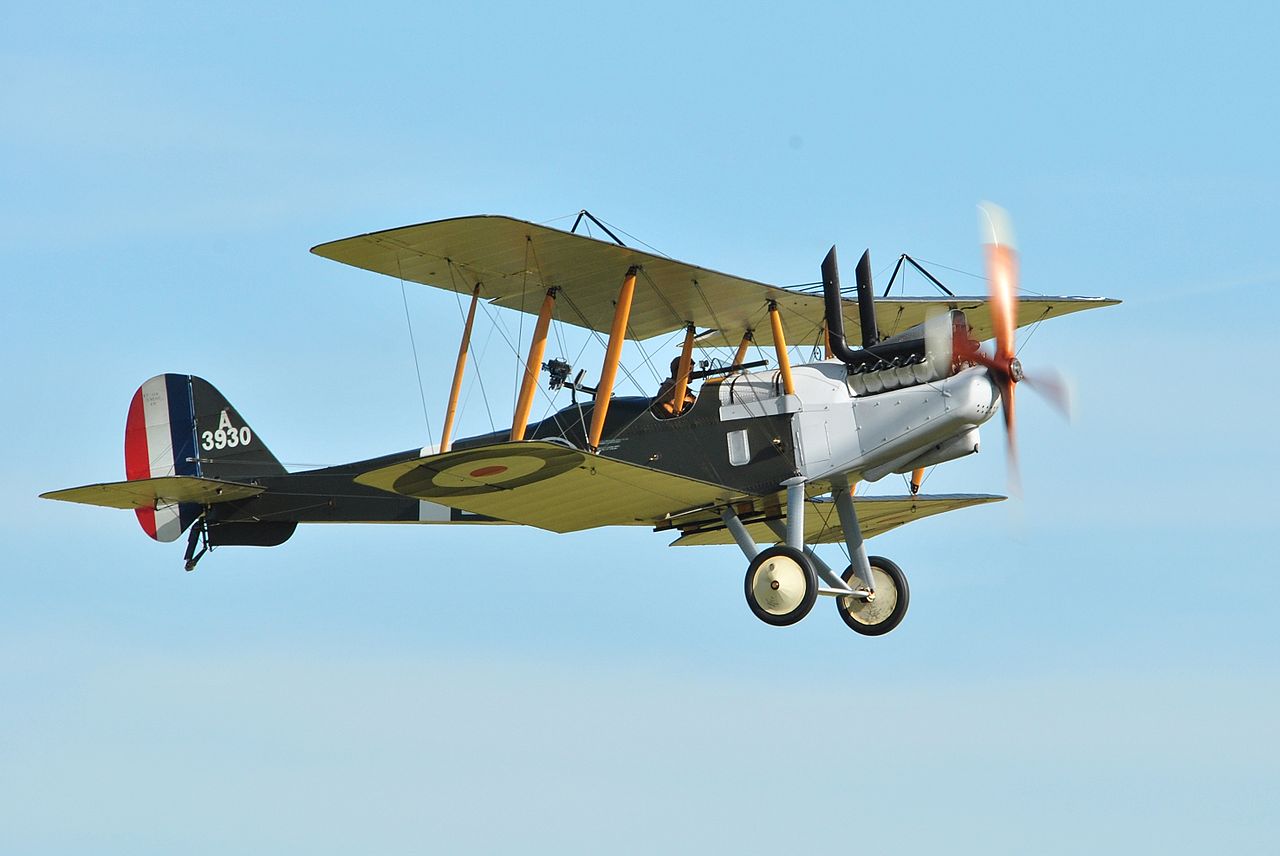
World War One
In the initial stages of World War I, the Royal Flying Corps was a relatively minor force, comprising a mere four squadrons of mixed aircraft like the BLO Hy Farman B2A and STH tabloids. As they took to the skies over France in August 1914, these early aircraft lacked any national markings, leading to dangerous cases of mistaken identity. Operating just a few thousand feet above the battlefield, these planes were as likely to be fired upon by friend as by foe, necessitating a crucial change.
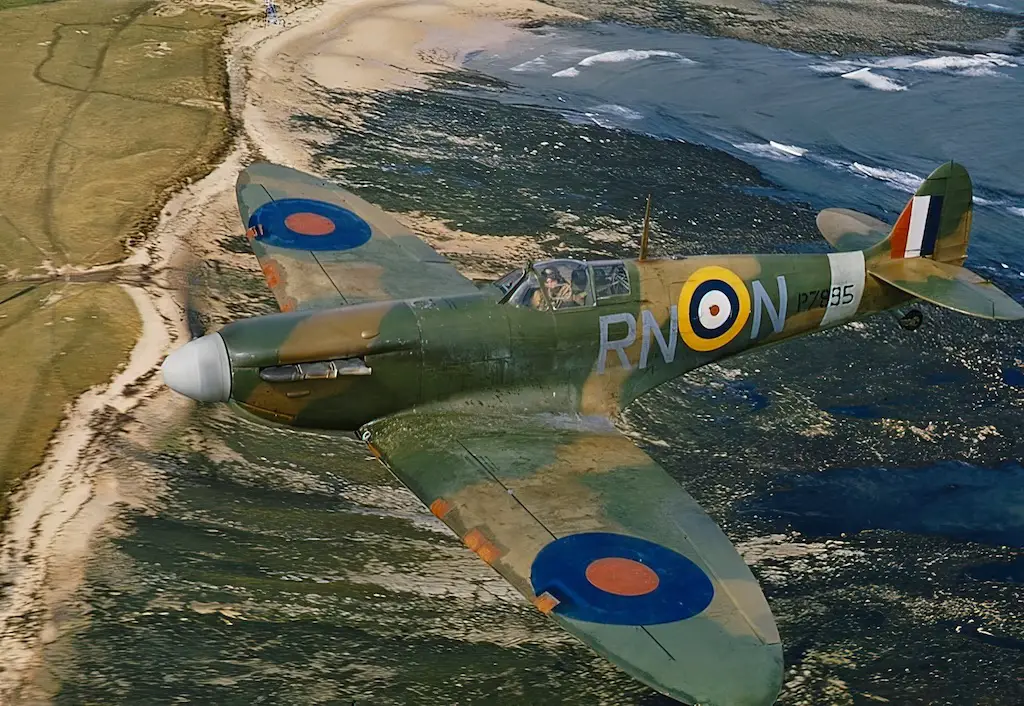
Friendly Fire and the Quest for Identification
The need for distinct markings became painfully apparent when British aircraft were repeatedly targeted by their allies and enemies alike. In an attempt to mitigate this, large Union Jacks were painted under each wing. However, this move did not have the intended effect, as the similarity between the British and German crosses caused further confusion. The tragic consequence of this misidentification led to the loss of lives, as seen in the unfortunate case of Lieutenant Cyril Hoskin and Captain Theodore Creen.
A French Solution to a British Problem
In the wake of these incidents, a simple yet effective solution was proposed by the French: adopting their round national markings known as the cocarde. Originating from the French Revolution, the cocarde’s design was a symbol of revolt and unity, featuring the iconic blue, white, and red colors. The British, driven by national pride, adapted the design by reversing the colors, thus creating a unique but clearly distinguishable mark in the skies.
Throughout World War I, the RAF roundel underwent minimal changes, with adjustments mainly to color brightness and the addition of a white ring for camouflage purposes. However, by World War II, the necessity for stealth and night operations led to further adaptations. Notably, a shift occurred during the confrontation with Japan, as the RAF had to distinguish itself from the similar markings used by Japanese aircraft, leading to a series of modifications culminating in a two-color design.
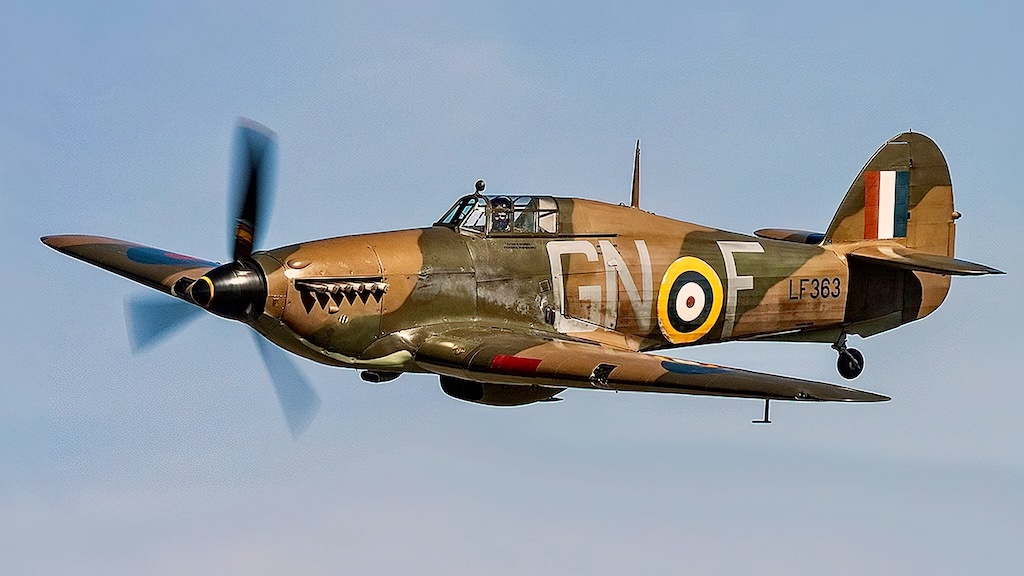
A Legacy Continued
Post-1947, the RAF roundel has largely returned to its roots with only minor variations for low visibility and modern warfare demands. Despite its changes and adaptations, the roundel remains a potent symbol of the RAF and British courage. Its story, woven through international influence and the crucible of war, reflects not just a military necessity, but a rich tapestry of history and cooperation.
